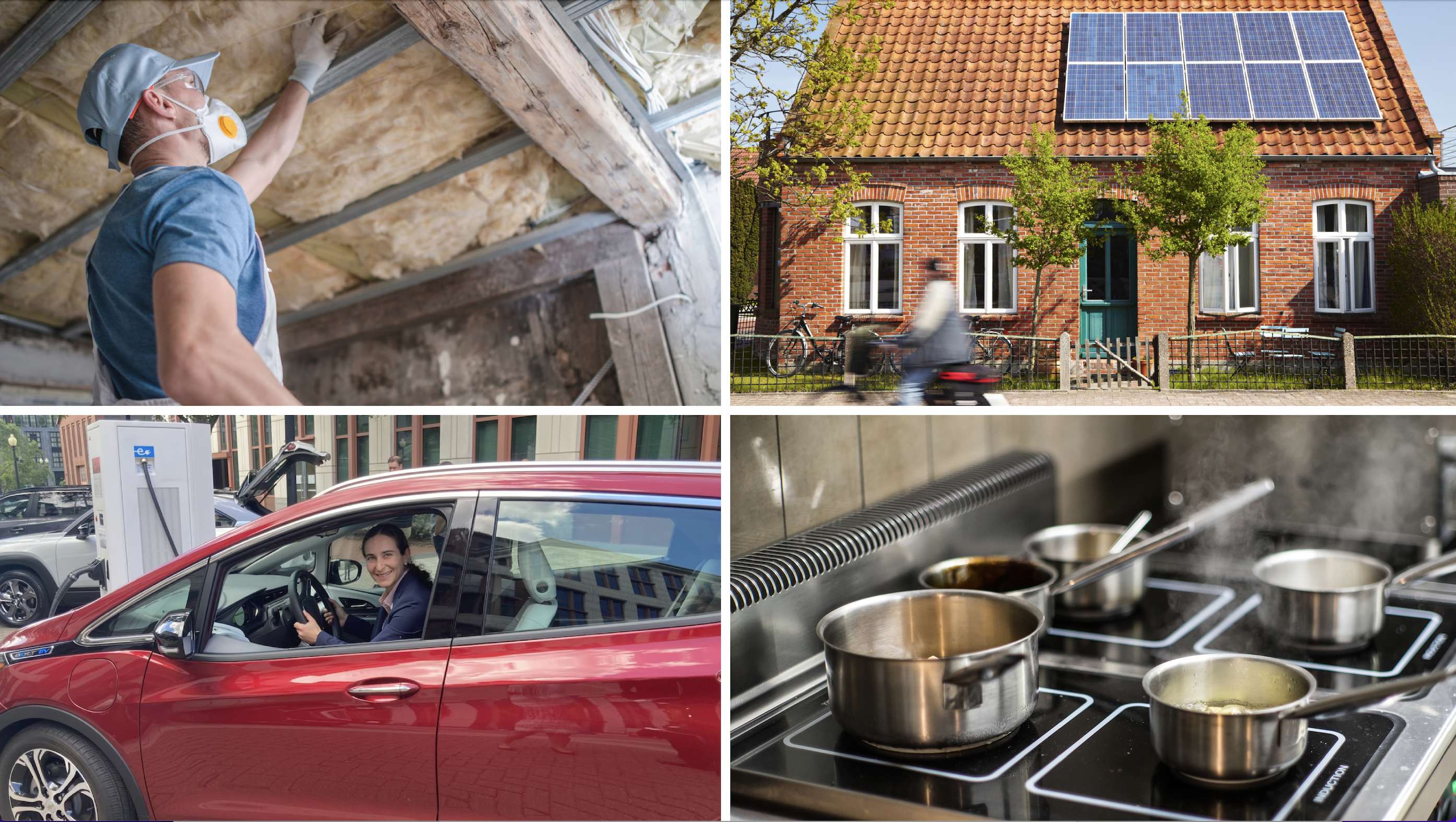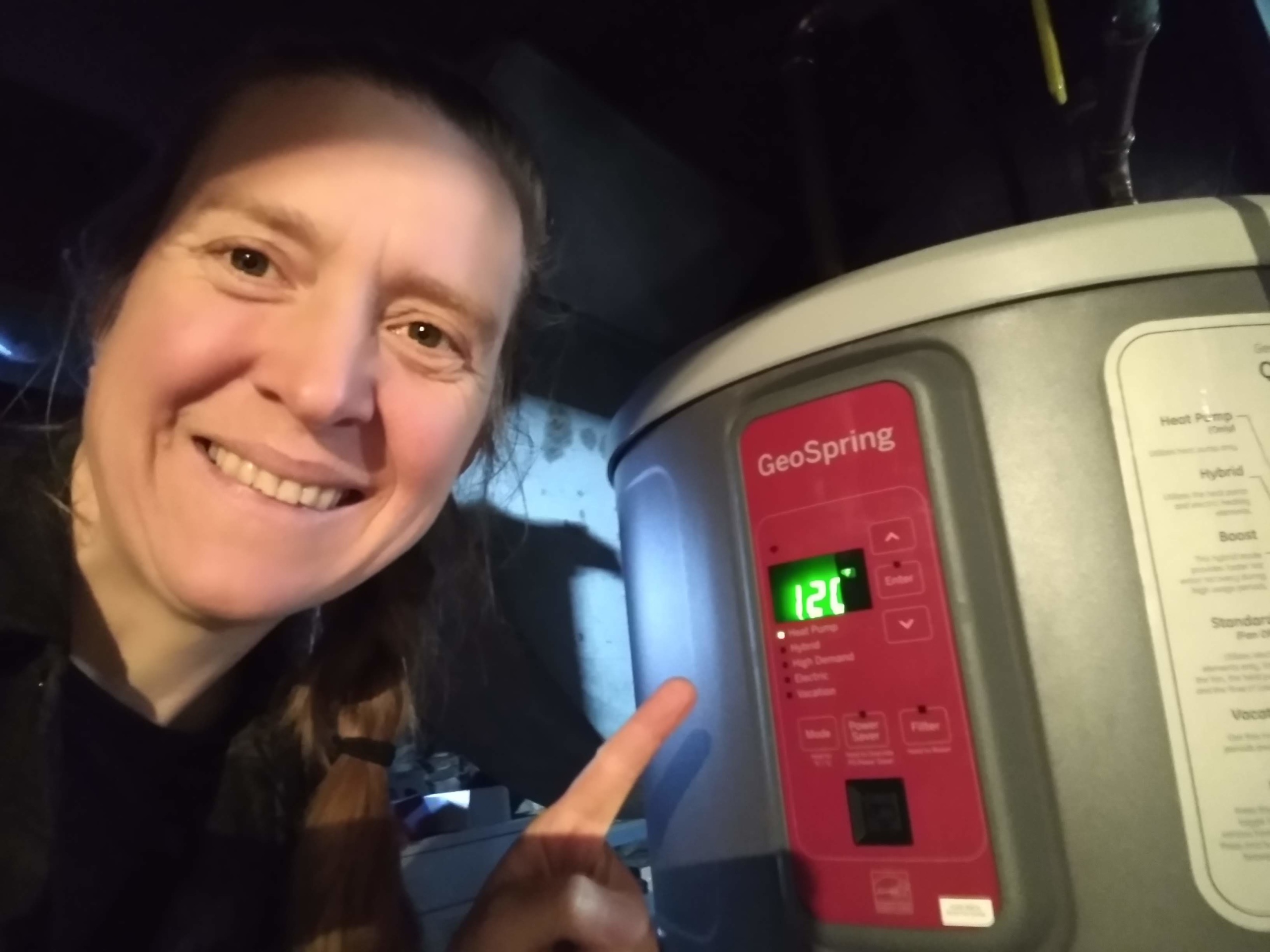
Energy-efficient windows and doors: How federal tax credits can help you install them
Learn more about how new federal clean energy tax credits can help you save money and save energy by installing more energy-efficient windows and doors.

Heating and cooling our homes is expensive — and it’s even more costly when poor insulation or drafty windows make it hard for your home to resist the elements.
Weatherizing your home is the process of protecting it from all the stuff outside that you don’t want coming in: Excess moisture, cold air in winter, hot air in summer, and more. Replacing your windows and doors to make them more energy efficient is one key way you can make your home more resilient to the elements — saving you energy and money.
The federal government included tax credits in the Inflation Reduction Act that can help cover the cost of installing more energy-efficient doors and windows. Read on to learn more about the benefits of energy-efficient doors and windows, and how you can use new federal clean energy tax credits to save money and save energy:
Efficient doors and windows can save you energy
Windows let more than light into your home. The heat of a summer day or winter’s cold can leak through window panes – which makes your home heating or cooling system work harder.
According to the U.S. Department of Energy, 25-30% of the energy used to heat or cool your home is lost through windows.
Energy efficient windows are designed with special features suited to the environment in which they’re installed. If you live in a cold climate, you could consider gas filled windows with specialized coatings to prevent heat loss. Windows with coatings that help reduce the amount of solar radiation allowed through help prevent heat gain in warmer climates.
Depending on the material your exterior doors are made of, they may let a lot of heat into or out of your home. The most energy efficient doors fit well in their frames to reduce drafts, and are made of insulating materials.
Installing energy-efficient windows and doors can save you money
When your home is outfitted with energy-efficient windows and doors, you can more easily control the temperature inside – meaning you spend less on your heating and cooling.
A typical American family spends nearly $2,000 per year on home energy bills. Using less energy means spending less money to keep your home comfortable.
What tax credits and rebates are available to replace my windows and doors?
This chart provided by the Office of Policy breaks down the energy tax credits available to you for replacing windows and doors with more energy efficient alternatives.
For windows, including skylights, a tax credit is available for 30% of the total cost, up to $600.
For exterior doors, a tax credit is available for 30% of cost, up to $500 total for doors – up to $250 each.
How do I get started replacing my windows and doors?
A great way to start is with a home energy audit, or an inspection that assesses how your home uses energy. During such an inspection, a professional energy auditor will complete a walk-through of your entire house and conduct a few tests to find ways for you to improve your home’s energy use.
The end result is a report on how much energy your home is using, and which specific areas could use efficiency improvements. This is the best way to help you figure out which areas of your home could most benefit from replacing the windows and doors.
You can also try to find air leaks in your windows and doors yourself. On a windy day, you can close all your windows and doors, and make sure that you turn off your combustion furnace or water heater if you have one. Then take an incense stick, candle, or just-blown-out match and pass it near your window and door frames. If you see the smoke waver at a particular location, you’ve found the location of an air leak.
Want to apply for assistance in weatherizing your home by replacing your windows and doors? The U.S. Department of Energy’s (DOE) Weatherization Assistance Program (WAP) is administered at the state and local level. For information on the Weatherization Assistance Program and how to apply in your state, click here.

Clean Energy Home Toolkit
Topics
Authors
Johanna Neumann
Senior Director, Campaign for 100% Renewable Energy, Environment America
Johanna directs strategy and staff for Environment America's energy campaigns at the local, state and national level. In her prior positions, she led the campaign to ban smoking in all Maryland workplaces, helped stop the construction of a new nuclear reactor on the shores of the Chesapeake Bay and helped build the support necessary to pass the EmPOWER Maryland Act, which set a goal of reducing the state’s per capita electricity use by 15 percent. She also currently serves on the board of Community Action Works. Johanna lives in Amherst, Massachusetts, with her family, where she enjoys growing dahlias, biking and the occasional game of goaltimate.
Find Out More

Advocates urge action on appliance efficiency

Five things to toast this holiday season

Is all computing worth doing?

